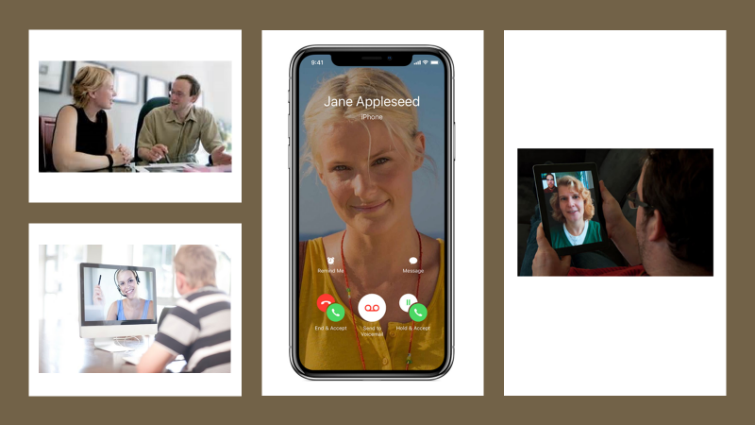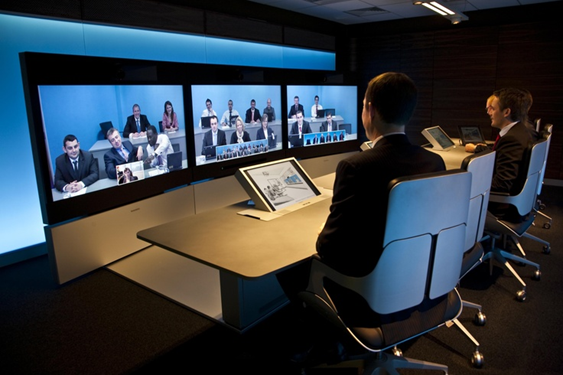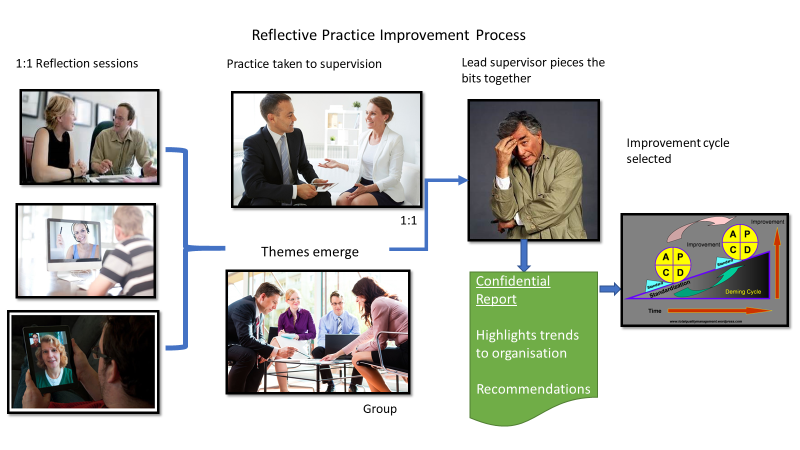
Working as a coach and as a consultant I have been quite amused by the number of organisations that have used “Vision 2020” as a title when launching new strategic initiatives. As we fast approach the end of the decade and reach 2020 I wonder what organisations have achieved in terms of supporting their teams and leaders to deliver on their “2020 visions”?
The time for 2020 vision is fast approaching and is accompanied by challenges such as:
- 87% Of employees worldwide are not engaged with their work (Gallup 2016)
- Leaders are increasingly required to support staff in complex and multicultural environments.
- Senior executives are managing teams that are often working remotely and across time zones.
- Many are managing teams where they do not have direct authority.
- Dispersed workforce’s are having to be managed within the lens of cost reduction and reducing the organisations carbon footprint.
- Compliance continues to be a challenge where legislation is produced locally, causing duplication of cost across nations and borders.
- Where the influence of technology is enabling personal values of different culture and generations across the globe to consider life with a different and fresher mindset.
- Where ease of communication and connectivity has invigorated topics such as personal health, well-being and the sustainability of our planet.
- And where wealth creation and imbalance regarding the distribution of such wealth is now far wider than 20 years ago and yet technology continues to make the world smaller and as such leads to tension and dissatisfaction.
So, what is the role of the 21st Century leader? Certainly, the modern leader is no longer required to be the knight on the white charger, fixing all in front of them, but perhaps now is required to be the facilitator of change.
When considering the past, present and the future we need to ask:
How well did we prepare managers and leaders to work in such a VUCA world where change is the norm?
What support mechanisms are delivering the outcomes we NEED to see today?
What initiatives and development methods will support our leaders in contributing to the success of our respective organisations in the future to help meet such challenges?
As we approach a new decade, it might be a great time to stop, reflect and consider what organisations need from their leaders and senior executives.
I offer for consideration EXECUTIVE REFLECTION (ER)
Executive Reflection (ER) as an executive tool to enable enhanced performance, this may be done in isolation or by being supported by engaging with a reflective partner.
Building on the process, ER Supervision to support the culture of ER and to bring together the unconnected pieces that arise from reflection that complete the organisational puzzle toward achieving enhanced innovation, quality and performance.
The case for Executive Reflection
The complexities listed in the introduction of this blog highlight some of the challenges for busy leaders in our organisations. According to an article from the Boston Consulting Group one leader had received some 1,000 pieces of advice during her early days as the chief executive. Many leaders are under constant pressure to perform, live in a 24-7 spotlight of social-media attention, and swim in a deep pool of information. Deep thought and reflection are casualties of this high-pressure and high-stakes environment as CEO and senior executives rush from event to event and decision to decision. Downtime is often regarded as wasted time.
However, according to research from the same article, “CEOs who do make time to reflect say that it is time well spent. Reflection leads to better insights into innovation, strategy, and execution. Reflection gives rise to better outcomes and higher credibility with corporate boards, leadership teams, workforces, and other stakeholders.”
In reflective thought, a person examines underlying assumptions, core beliefs, and knowledge. Unlike critical thought, which is aimed at solving a problem and achieving a specific outcome, reflective thought enhances the framing of problems, the search for meaning, and pattern recognition.
And according to Mary Helen Immordino-Yang, an associate professor of education, psychology, and neuroscience at the University of Southern California, reflective thinking engages the medial prefrontal cortex, the part of the brain involved in self-referential mental activities. At rest, this region exhibits the highest metabolic activity and during goal-oriented thinking, lower levels of activity. In other words, reflective thinking and critical thinking exist at opposite ends of a digital switch. When one is “on,” the other is “off.”
Executives should engage in both types of thinking. As complexity rises and the pace of change accelerates, executives need to engage in critical thinking to solve immediate challenges and in reflective thinking to clarify the big picture and imagine untapped opportunities.
Reflective practice can be carried out in isolation and form part of an executive’s regular work pattern. According to the BCG, reflection should be awarded both a structure and a schedule to ensure the process does not just extend into worrying about the immediate problems and challenges right in front of you today. A schedule ensures the discipline is developed and becomes regular and is set in tablets of stone within the executive’s diary.
There is a case for using a “reflective partner” to help challenge and stretch the reflection and this might be provided from a trusted partner who is from outside the organisation. This offers a safe space where the executive can have an open and honest dialogue and take feedback from someone with a wider perspective than those from just within the executive’s own organisation. A “reflective partner” will also help the executive to hold themselves to account on actions and commitments that come from the sessions.
The “reflective partner” would work under guidelines of confidentiality and not share detail of the intervention however, where the “reflective partner” provides support to various executives from the organisation it is inevitable that patterns and themes emerge that might be of value to share with the organisation but without invading the privacy and trust that has developed whilst in service of their client. This is where a structure of “supervision” can accommodate the observation and sharing of recurring trends and themes without directly impeding the executive and “reflective partners” intimacy.
The case for Supervision of Executive reflection.
What is Supervision?
“Supervision is a joint endeavour in which a practitioner, with the help of a supervisor, attends to their clients, themselves as part of their client practitioner relationships and the wider system context, and by so doing improves the quality of their work, transforms their client relationships, continuously develops themselves, their practice and their wider profession.”
(Hawkins & Smith: 2013, p.169)
By providing a supervisory tier to the reflective practice, an organisation can begin to place a framework of quality assurance around the executive’s reflection process. It provides an element of good practice for the “reflective partners” to operate by and enables the ethical and confidentiality challenges to be performed to an agreed standard. It supports consistency across the organisation of reflective practice.
In addition, what I have noticed when I have supervised groups of coaches and reflective partners from within an organisation is that themes and patterns begin to emerge which might not be obvious when dealing with a client challenge on a 1:1 basis.
The nature of reflection cuts across departments and divisions, and often a reflective partner is supporting executives from different areas both functionally and geographically. Themes and patterns emerge that might not look so obvious in isolation however from a wider, systemic lens, they might begin to provide evidence that hitherto had gone unnoticed or perhaps had been viewed as an isolated incident. By sharing the theme, the opportunity for improvement can be filtered back to the organisation for consideration with other topics that are up for debate.
In one organisation I worked with we noticed a distinct difference in line manager communication ability between one region to another. This provided an opportunity for each community to learn from each other and consider a consistent approach that would serve the organisation better going forward.
In another organisation we discovered an inconsistency with client on-boarding and induction of staff. Once again, an internal exercise of mirroring enabled induction to be amended and led to an improvement in time to get new team members up to speed and therefore increasing the speed to full productivity.
Supervision can help the individual executive and the senior leadership team consider challenges being faced by the organisation from a wider vantage point and can support the identification and implementation of improved professional practice that meets stakeholder needs.
Methods
Reflection can be an isolated activity but when supported by a reflective partner it can take place face to face or remotely via internet connection. The use of the web enables support to be carried out more conveniently and I have been able to support executives from around the globe and at times convenient to the executive. It enables reflective practice to be used throughout the organisation rather than being the privilege of the senior executives.

With supervision this too can be carried out over the web and provide a convenient way to extend this to group supervision, this will speed up the identification of trends and themes that can help improve organisational performance.

Reflective Practice Improvement Process
Reflection sessions take place, either face to face or over the internet, the reflective partner takes themes and items for support to a supervisor either 1:1 or in groups ( could be face to face or on-line) the lead supervisor pieces together the recurring and interesting threads and reports these back to the organisations senior leadership (possibly head of learning and development) who then decides which areas might be useful for the organisation to address.

Themes that emerge are current and can quickly be identified for actions toward improvement.
Delivering Improvements.
Some of the areas I have seen improved as a result of reflective practice include:
- Building Executive Presence for leaders and mid-level executives.
- Enhanced communication skills of senior leaders and managers.
- Greater confidence and improved performance
- Increased understanding of self and more developed emotional self-management
- A more rounded leadership style
- Greater influence and improved relationships
- Increased flexibility and enhanced resilience
- Reduced stress and improved well being.
- Increased alignment of corporate objectives and strategy
- An increase in team engagement and inclusivity.
Conclusion.
The ability to build leaders that can support the organisation and those working within the organisations to navigate in an ever changing and more complex environment is vital for the success of the organisations we represent.
Our executives require the ability to have leadership skills that are fit for purpose that allow for great relationships, and be able to influence and motivate people, this is fundamental to leadership success.
Leaders need to be exceptional at influencing, developing interpersonal relationships, generating trust and creating strong and meaningful dialogue.
Whether they are selling new ideas at the leadership table, communicating bad news to the team or engaging stakeholders in difficult decisions, leaders need to be sensitive, flexible, confident, courageous and highly persuasive.
They need executive presence.
Working across a range of contexts – one-to-one or one-to-many, face-to-face, digital or the written word – a leader’s communications must have impact and achieve the desired outcomes.
So, if you want you leaders and executives to:
- Find a confident, authoritative voice
- Develop emotionally intelligent responses to the most challenging situations
- Learn tools to manage complex relationships with multiple stakeholders
- Discover the secrets of using language to achieve results
- Create a more flexible approach to influencing
- Make dynamic, powerful presentations
- Develop an engaging and impactful style of communicating
- Creating a confidential and supportive space in which to pause and reflect
- Facilitate the exploration of patterns, themes and blind spots
- Uncover blockages and challenges to new approaches or behaviours
- Elicit resourcefulness, purpose and drive
- Challenge thinking and gain new perspectives
- Identify areas for personal and professional development for your executives and senior leaders.
Then reflective practice maybe a significant step to take for your organisations.
If you are interested in this topic and would like to learn more contact me on 07970190802 or email me at: Tim Anderson
References:
Hawkins & Smith (2013) Coaching, Mentoring and Organisational Consulting, Supervision, Skills & Development; (Ed2). Open University Press
